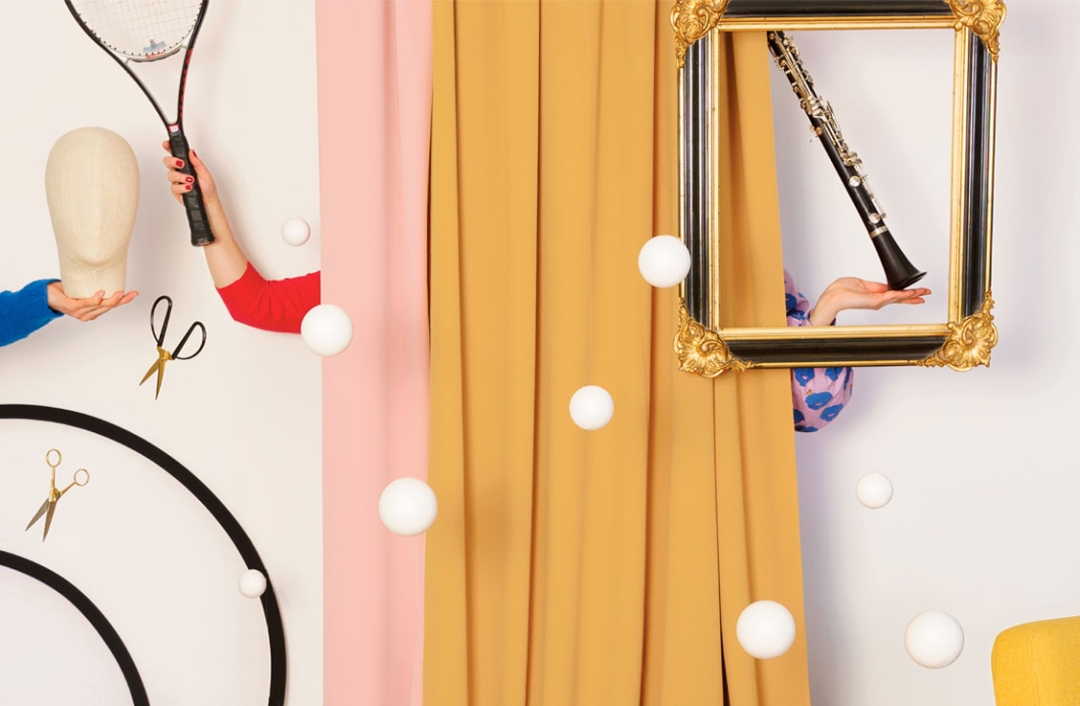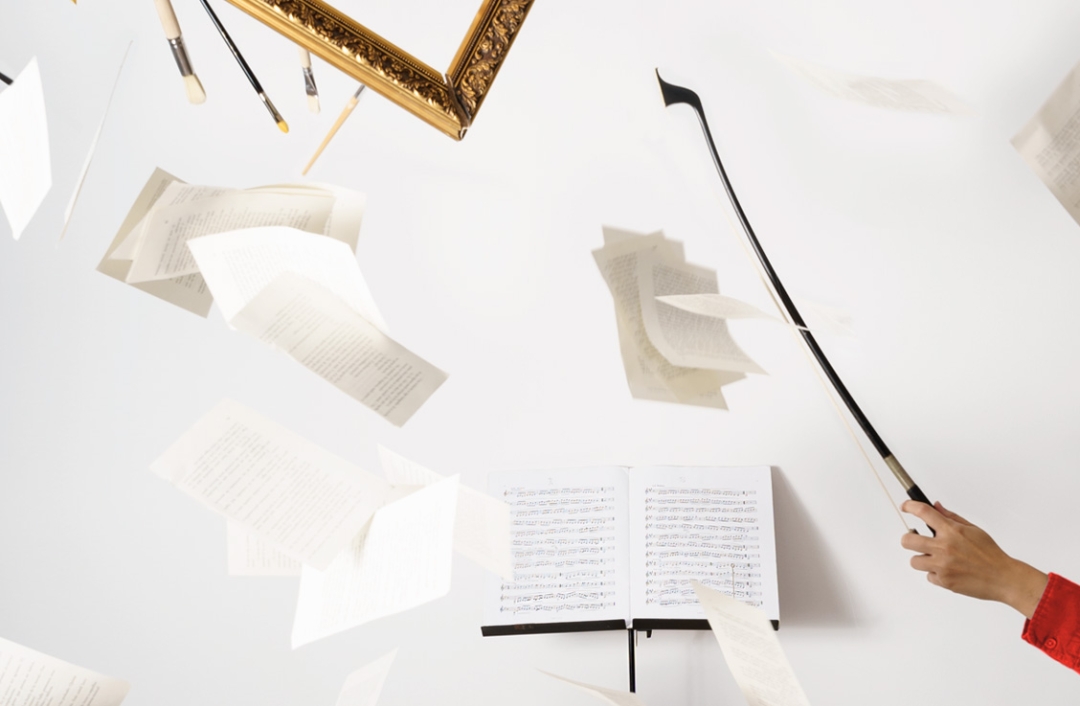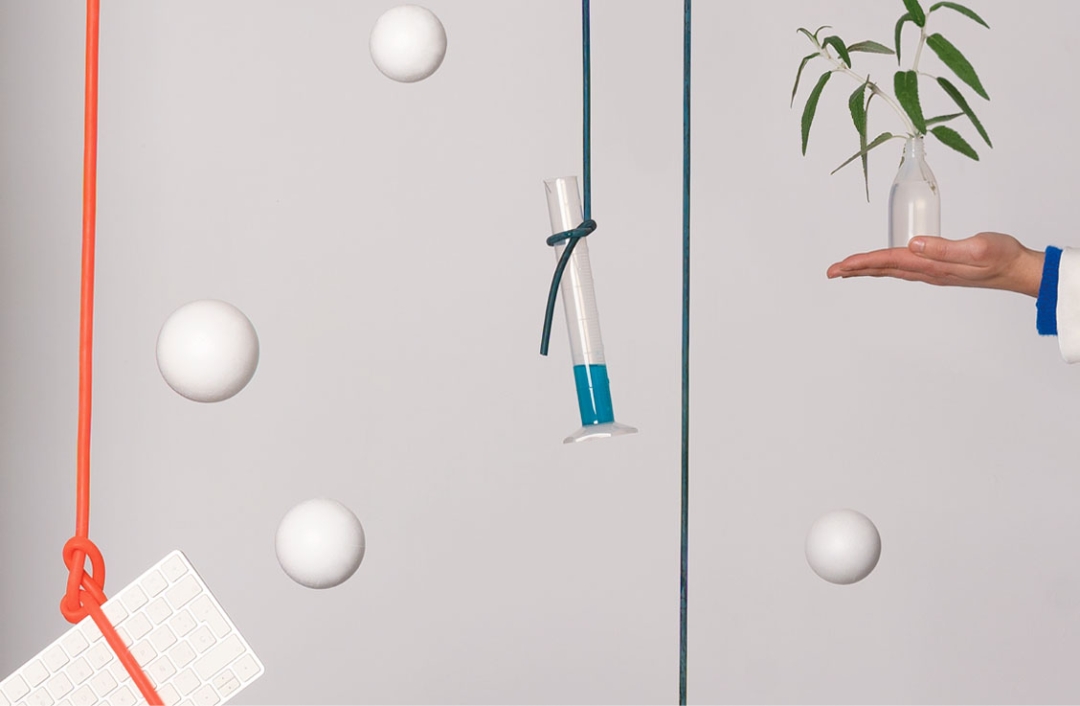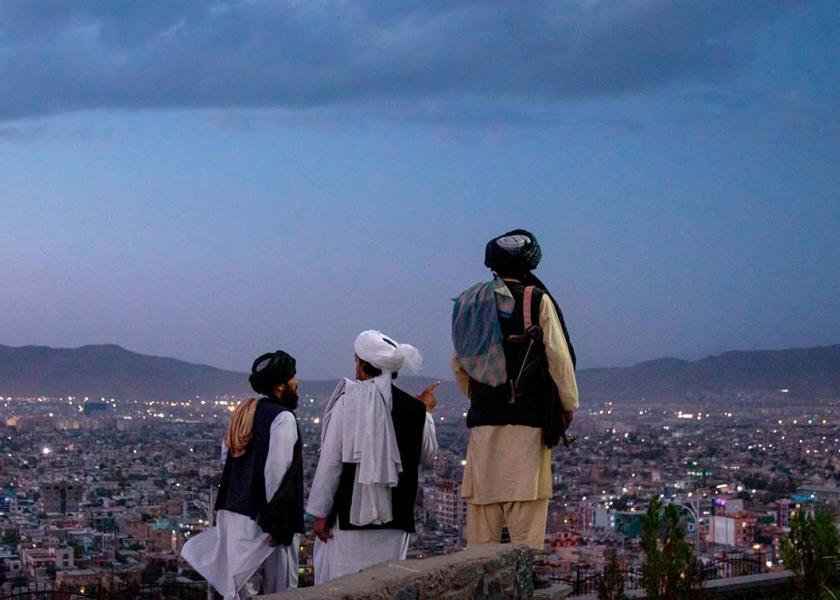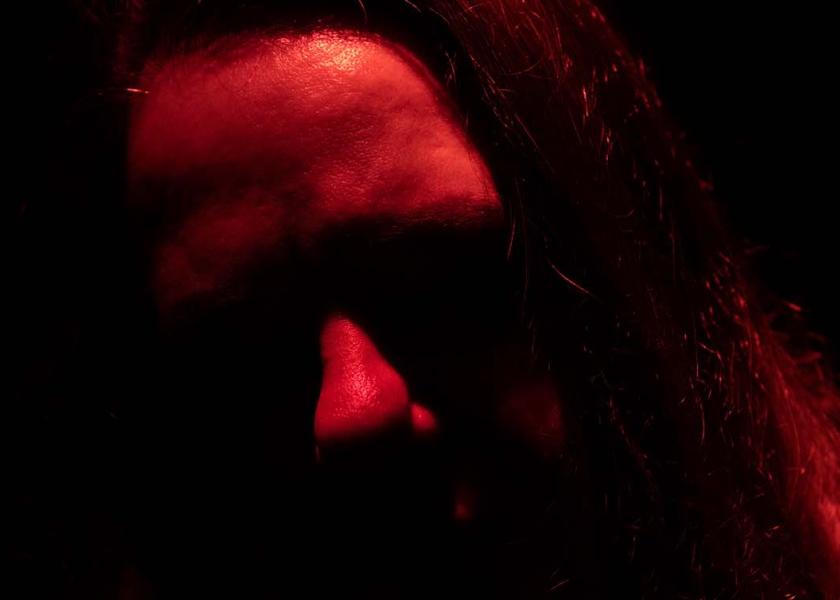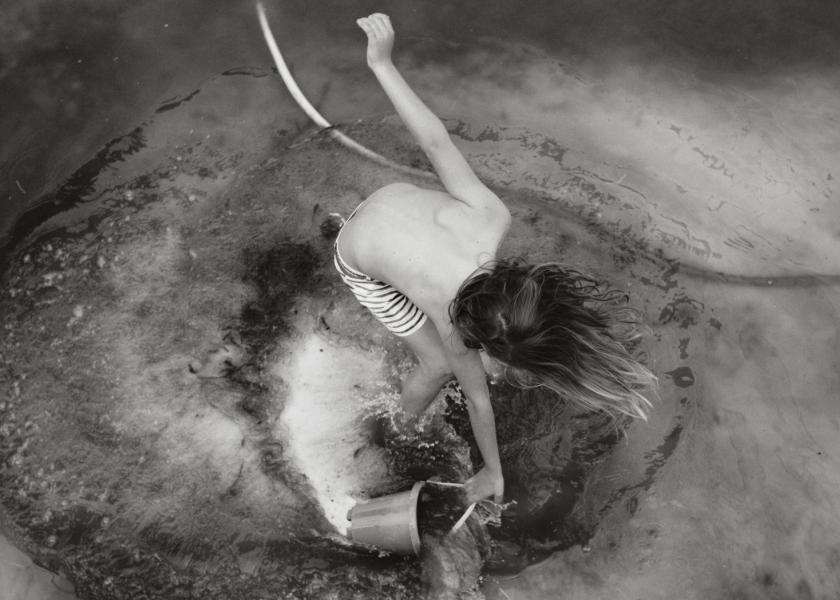María Platero
Art that flows

Due to her collaboration with PHotoESPAÑA interpreting the Talento a bordo initiative —her proposal was just presented on the 17th of May at Espacio Iberia—, we chat to photographer María Platero about art, creative processes, social conventions, and chance connections, or not.
We’ve been playing at fooling each other for a while: she says that she sees the same things as me, that she doesn’t have a special talent. I say that I can’t tell that she’s nervous while recording the interview. I win, because the ease of María Platero (Madrid, 1976) dissolves her nerves in just a few minutes. But her eyes can’t hide her buzzing thoughts, that each comment we make, each image we cross throughout the day awakens a new idea in her mind; they could become the leitmotif of a new art proposal.
It’s this way of seeing the world that fills her notebooks with drawings and which sometimes, only occasionally, end up becoming photographs: “There are many drawings that are still there and that I haven’t done anything with. At least not yet. Time will tell.” Because María has too many ideas, too much enthusiasm, and too many things to say... “Everything interests me. It just takes someone telling me what they do for a living to make me want to do it too. I’m green with envy about everything,” she confesses.
“I’m interested in actions taking place, even if it’s just for the duration of the photo”
Connected worlds
Without a doubt, that ability to “see beyond” is what PHotoESPAÑA detected when, in 2019, it decided to exhibit her Verificación física [Physical verification] —a series of random phenomena, images plucked from thin air that translate into an array of potential results—, and when it thought of her to commission the series inspired by Talento a bordo. “The interesting thing about this proposal is that, although the initiatives supported by the company belong to extremely different fields (culture, sports, R&D&I), they’re not in a vacuum, rather they are interconnected. Talent is the common ground.”
One look at her photographs is enough to work out María’s style: “My process is slightly performative: I’m interested in actions taking place, even if it’s just for the duration of the photo. All my projects also include a lot of sense of humour and playfulness. It’s like breaking down the harshness, the pretentiousness within the world of art, which sometimes seems like it needs to be opaque and unattainable,” she explains.
Order and chance are the two extremes between which her work swings: “In general, in my life, I’m quite a control freak. But there came a point where I realised that what made my images work, and what makes everything in general work, is chance, the part you hadn’t thought about. When you start working is when things really start emerging; you start researching and learning, and that journey is the most interesting part, really. During the creative process, I don’t really believe in the finished image, if it ever is finished, but rather in what’s happening along the way.”
Creative obsessions
Throughout our chat, the word “obsession” comes up repeatedly. We delve into some of them, like her interest in the pointlessness of things. “There are some core ideas throughout my work that amuse me and that I’m obsessed with, related to the established conventions that regulate our lives, which can be really useful to move around in our day-to-day, but can also be extremely absurd, depending on how you look at them. Above all, I’m interested in conveying how strange everyday life is, the trivial things that we’re used to, and the opposite, how to live naturally with things that seem odd to us, like the alien experience we’ve just had [referring to the pandemic],” she continues.
“I believe that talent is limitless. It’s infinite and contagious”
Another of her fascinations is with the need we humans have to measure things to understand them: in Las reglas de la naturaleza [The rules of nature], which won her the Vegap grant, María takes impossible and absurd measurements of different natural elements, like a mountain, for example.
“Lately I’m obsessed with the laws of physics. I firmly believe in the connection between art and science. I think that both artistic and scientific research stem from a moment when someone asks themselves something, where they want to find an answer to something. And then, both artists and scientists start investigating and, the deeper you go, the more you study, the more it seems like you’re progressing, the more you realise that you’re moving further away. And that’s where I think both disciplines converge. One of these elements always appears: the chaos theory or random phenomena. And these things really amuse me,” she tells us.
In terms of format, she admits to not always being sure: “Nothing is set in stone, I like to think that the images are alive and that they can always take on different formats. Also, sometimes they naturally lead you towards other projects, they flow by themselves, it’s good to let them live with other proposals, or different formats.”
Open, oftentimes ambiguous concepts, insinuations... images that can be interpreted differently by each spectator. Like in Los múltiples, where she challenges the audience, who must look at them differently because they overlap, or in Bestiario, a self-published book by the BIKINI collective, consisting of a series of portraits that are split and put back together generating multiple identities. “I don’t like to close my works. I want the audience to come to their own conclusions. I believe that talent is limitless. It’s infinite and contagious. And the audience can clearly connect to it, become captivated, carry on and make that talent their own,” she declares.
“In the end, I think that all creative processes derive from your personal experiences, but the opposite is also true. That is, they also taint you or transform the way you live. Through photography, I’ve changed a lot of ways of being and doing things in life; for example, I’ve learnt to let go. I’ve always been really shy and always felt incredibly embarrassed about asking people to be in my photos; that’s also changed the way I connect with myself, and even with other people,” she adds.
Platero Planet
María confesses that she’s reached a place where she feels comfortable reconciling her different roles: that of artist, cultural manager, teacher (she teaches at Lens School of Visual Arts) and, more recently, mother... She also likes to combine her personal projects with collaborative endeavours: “I think it’s important to work with more people, to let go of authorship a bit, and not just stick with your own work. By collaborating, you learn a lot more, it’s much more fun.”
“Through photography, I’ve changed a lot of ways of being and doing things in life; for example, I’ve learnt to let go”
She enjoys films —”for obvious reasons, because in the end they’re pure photography”—, the performing arts —“I’ve drawn a lot from them and I think that’s reflected in my work, also in the Talento a bordo series”—, seeing exhibitions, listening to music, cooking, plants, eating, her friends —many of them artists—, strolling around Madrid...
“In general, I’m quite hyperactive and I’ve always got projects on the go. I’m constantly doing or thinking about things. And sometimes it’s nothing sophisticated; just by walking along the street, thousands of anecdotes happen around you, you hear stories or cross paths with hundreds of characters... It’s about being aware of those things.”
Nevertheless, she hardly watches TV, “but I’m not bragging, hey? I’m always in my own world, in my Platero Planet. My brother or friends always have to come and rescue me, bring me back down to earth and keep me up to date about everything.”
She unplugs the same way she finds inspiration, among simple, everyday things: “Every day, when I bathe my daughter, I enter a really special state.” In that moment, Platero Planet comes to a stop.
And that’s precisely how we see her works: like space stations, like bubbles suspended mid-air that, when they come into our orbit, they allow us to refuel: stop, breathe, think. Because, as the poet would say, “Platero is small”, yes, but vast inside.
Photographer, cultural manager, and teacher, María Platero has received awards and grants such as Propuestas VEGAP; Grants for the Promotion of Spanish Contemporary Art by the Ministry of Culture; the Premio a la Creación Artística [Artistic Creation Award] by the Community of Madrid; and has been a finalist of the Premi Ciutat de Palma Antoni Gelabert d’Arts Visuals [Visual Arts Antoni Gelabert City of Palma Award], Mallorca; Descubrimientos PHotoESPAÑA or the Certamen de Fotografía Purificación García [Purificación García Photography Contest]. Her work is part of collections such as the Fundación Canal, the Instituto Alicantino de Cultura Juan Gil-Albert o the Galila Barzilai collection. Together with Cristina Mora, since 2015 she’s part of the BIKINI collective, whose work revolves around recycling images and collaborative photography.
